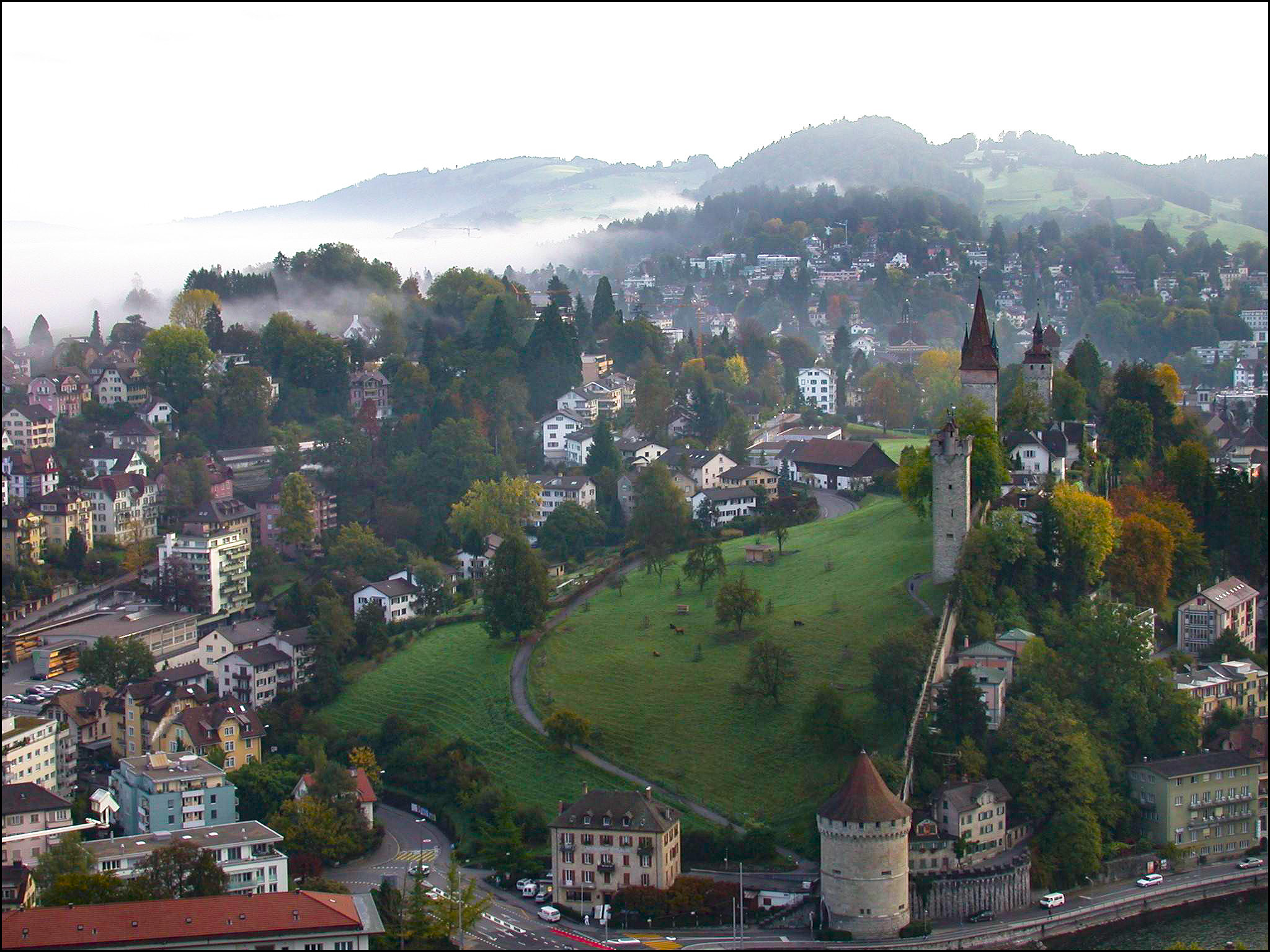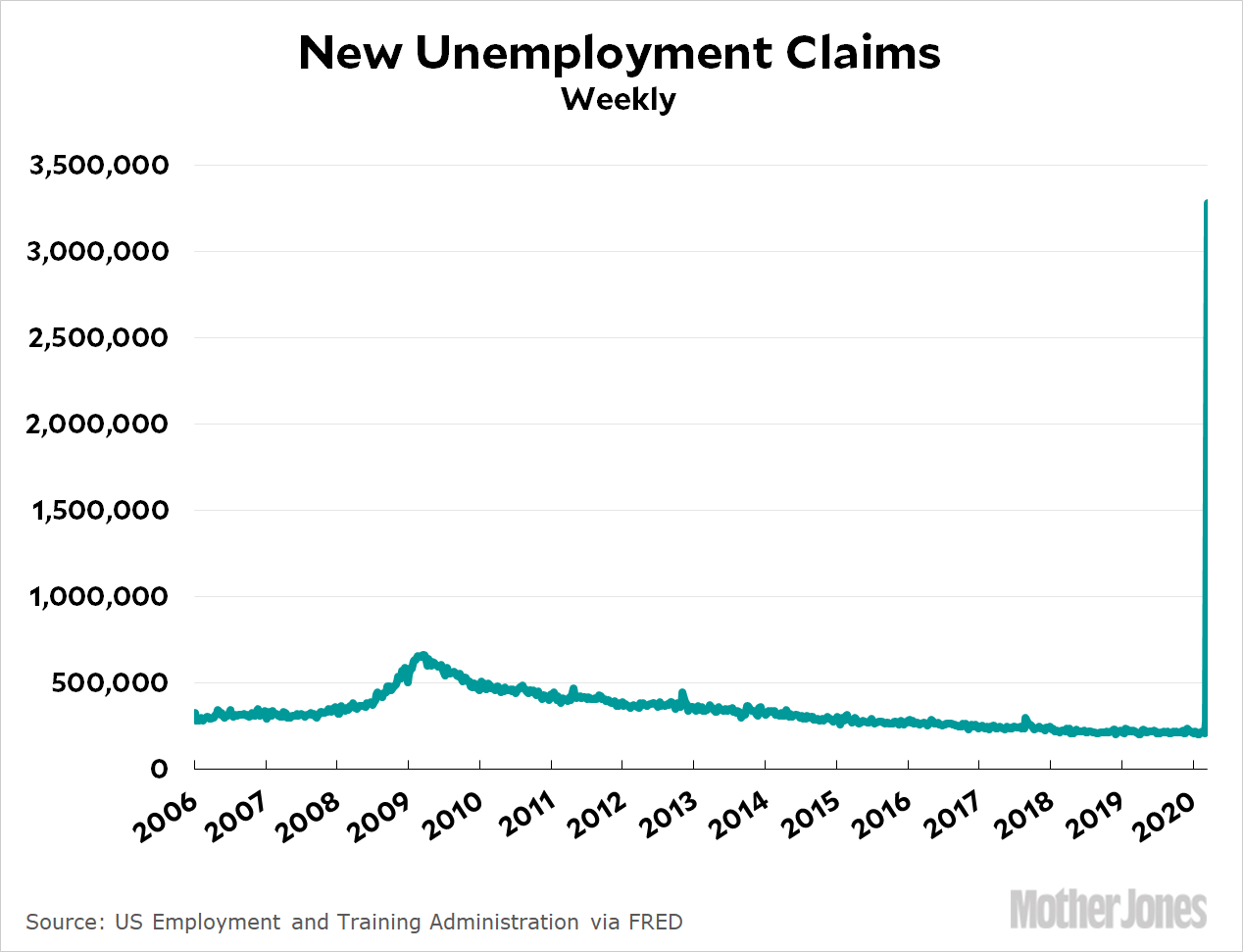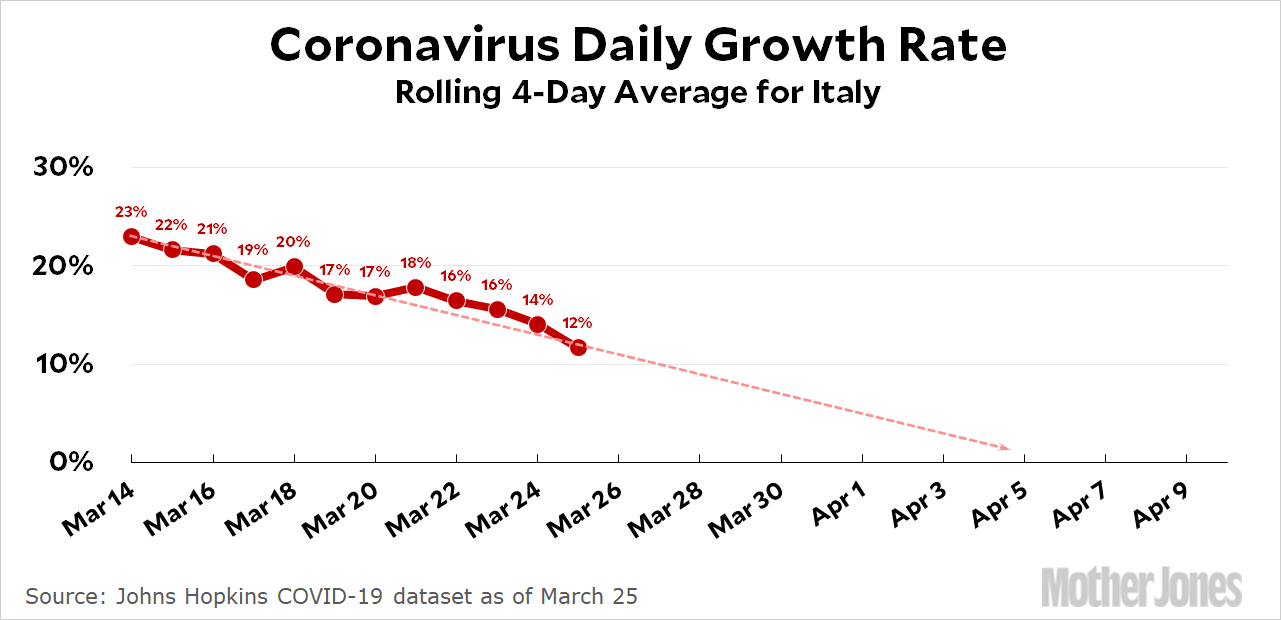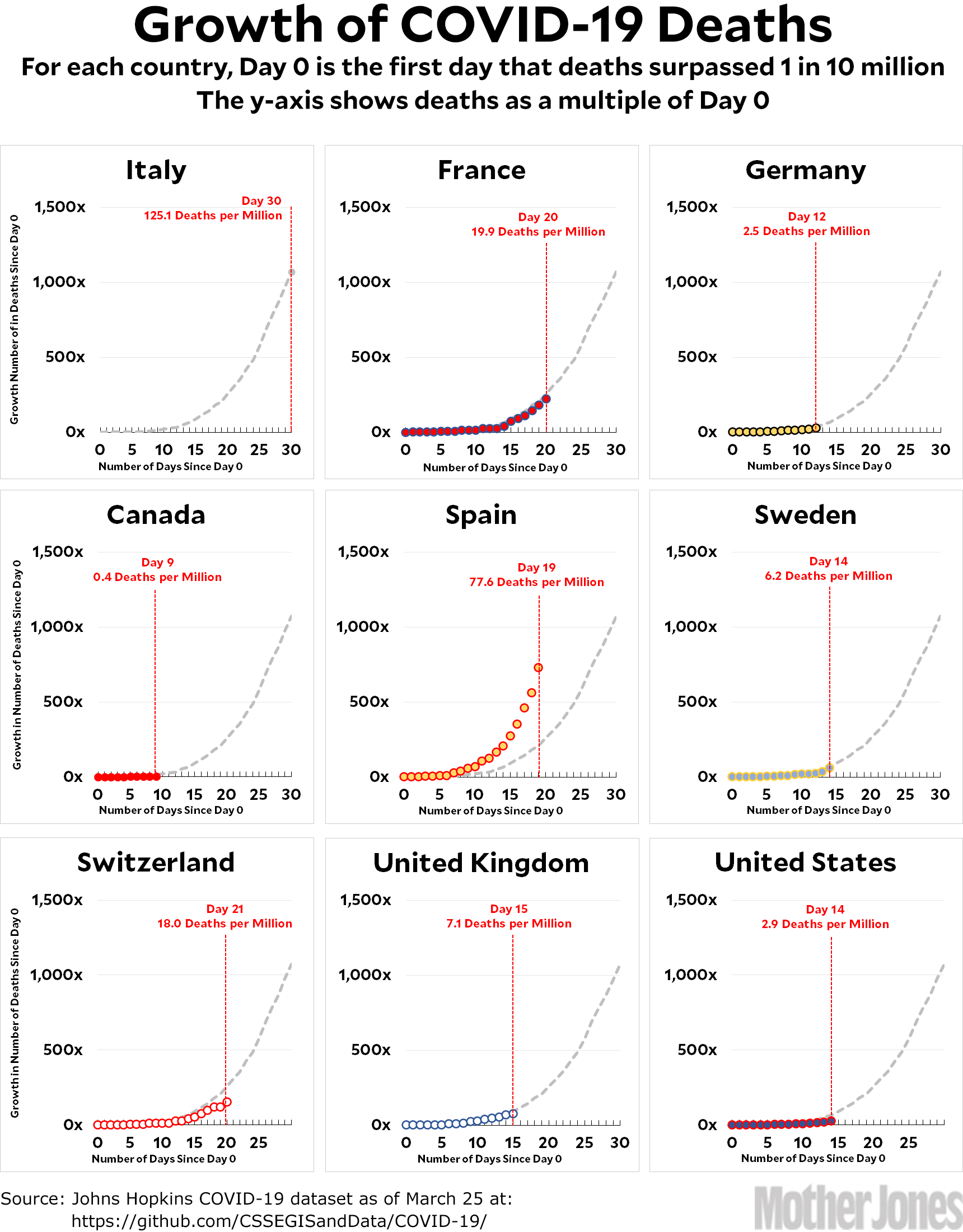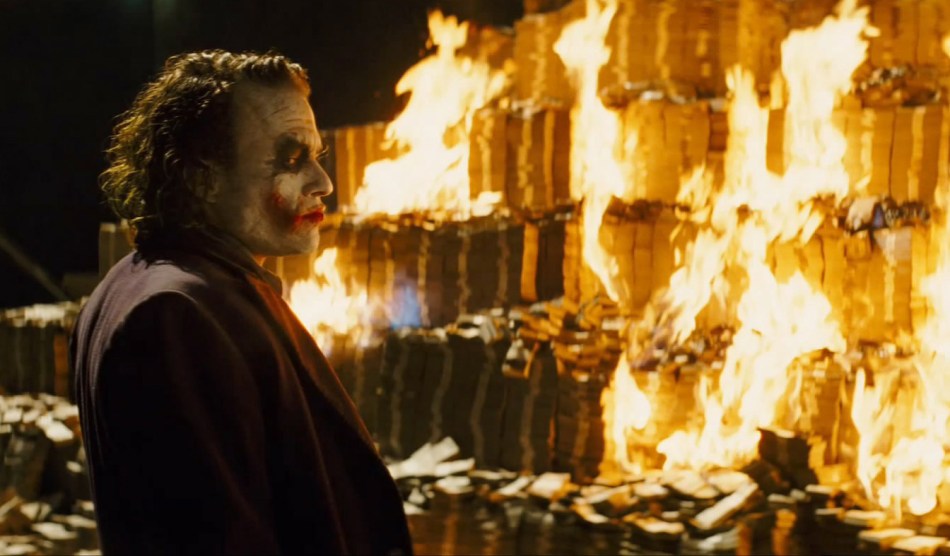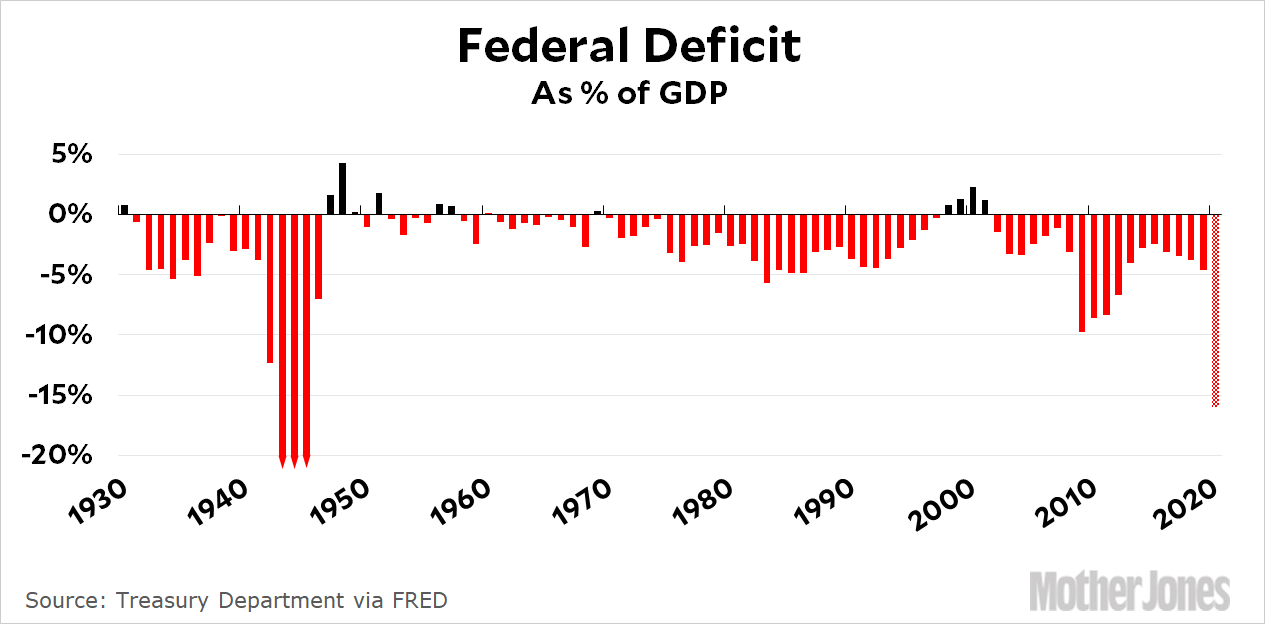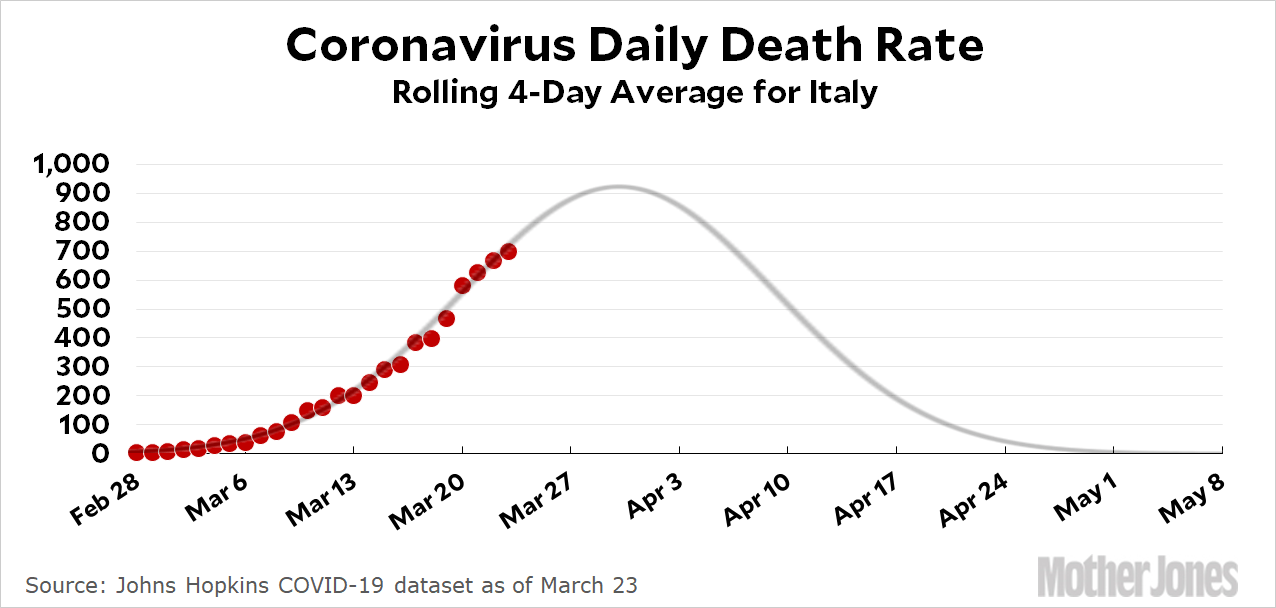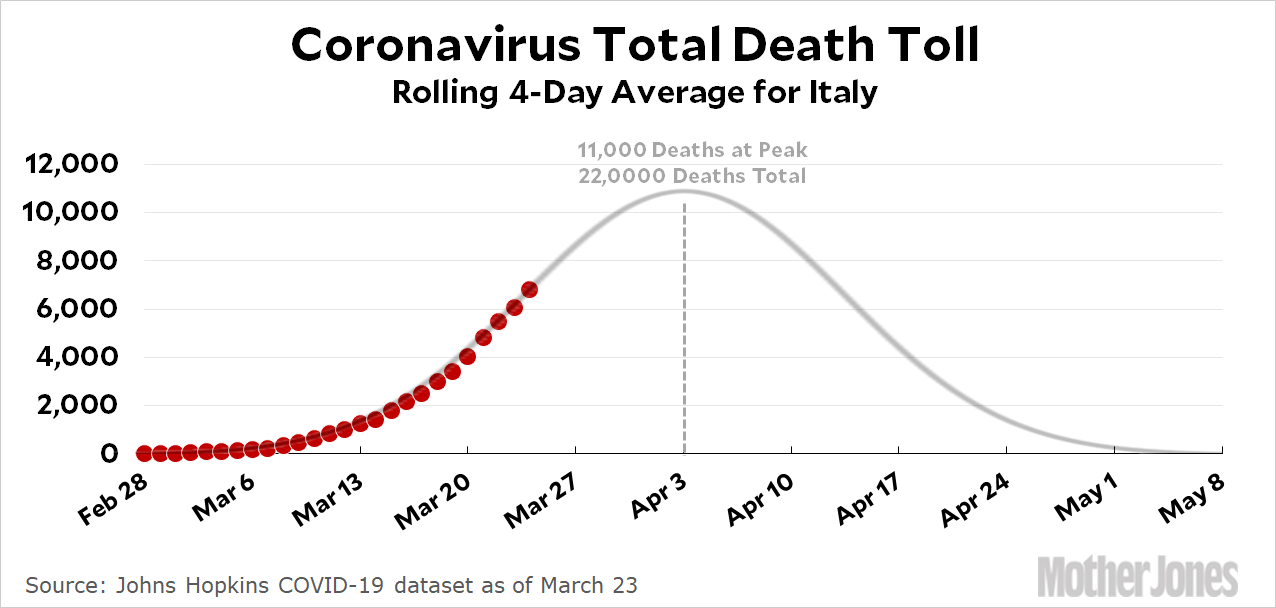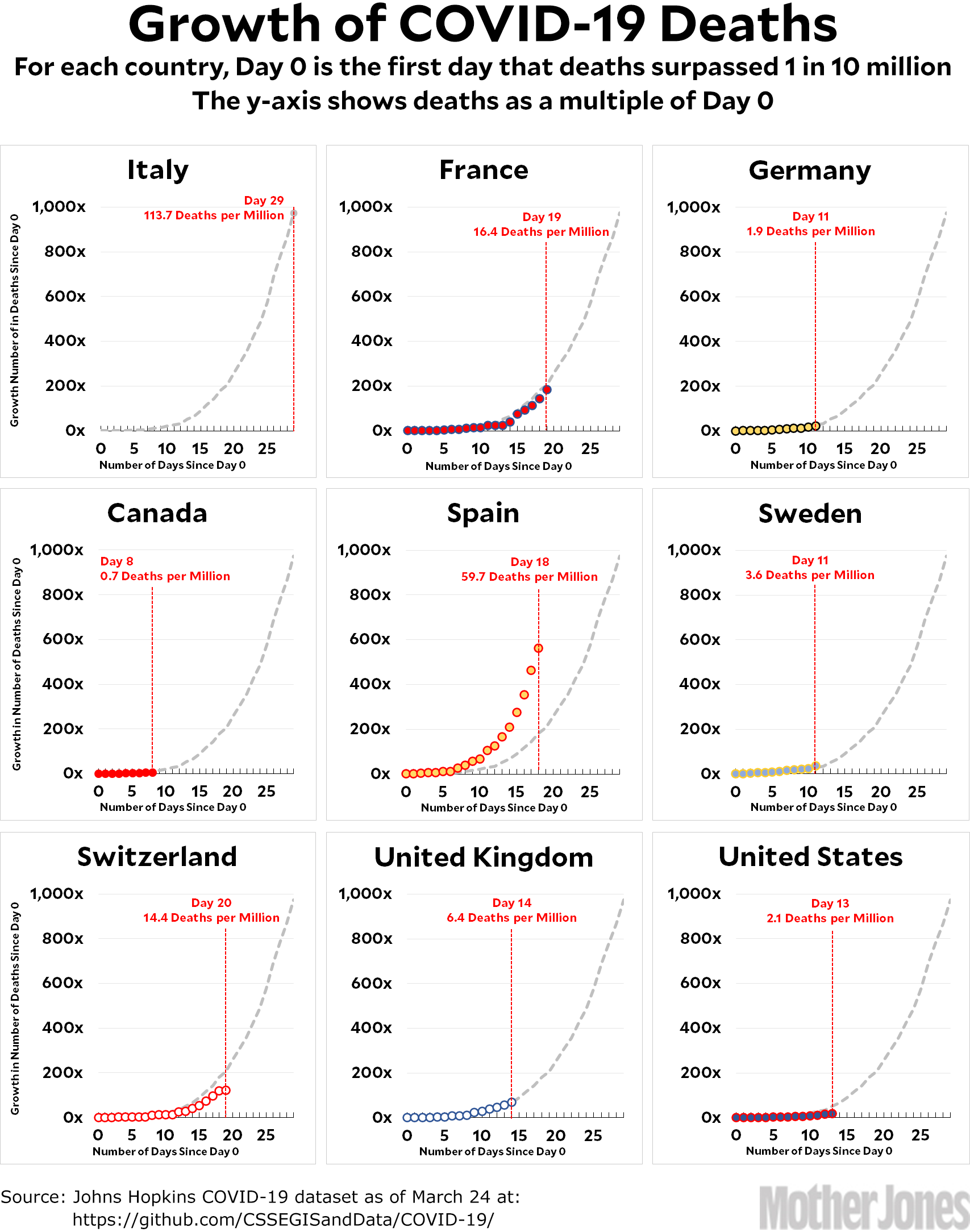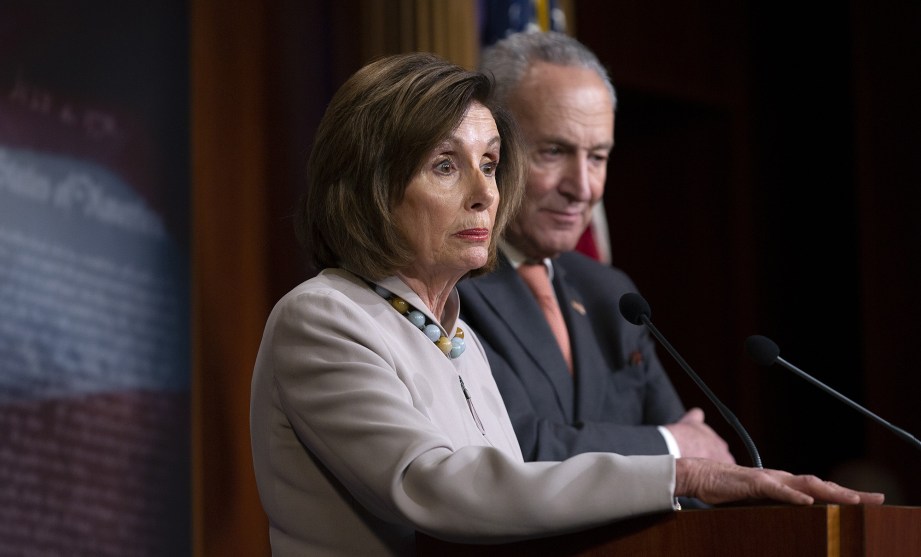
Stefani Reynolds/CNP via ZUMA
A week ago Republicans introduced the first version of their coronavirus rescue bill. Here’s what Democrats have gotten added to it since then:
- Vastly expanded unemployment benefits through June for anyone who’s lost income due to COVID-19.
- $100 billion for hospitals.
- A change in the “checks for everyone” program to insure that low-income workers get the full $1,200.
- Removal of a provision that would have excluded nonprofits that receive Medicaid funding from the small-business grants.
- A ban on the Trump family getting aid.
- Oversight on the corporate lending facility.
- $150 billion for state and local governments.
- $25 billion for food stamps.
- $30 billion for schools.
Is this perfect? No.
Are there any objectionable parts of the bill still included? Yes.
Did Democrats get every last thing they wanted? No.
Is this nonetheless a damn good effort that’s going to help millions of ordinary Americans get through the crisis without being evicted, going bankrupt, or continuing to work in unsafe conditions? Oh yes indeed.
Love ’em or hate ’em, this is good work from the Democratic Party. It’s only because of the final form of this bill that we have a fighting chance of getting through the coronavirus pandemic without destroying the economy along the way.

